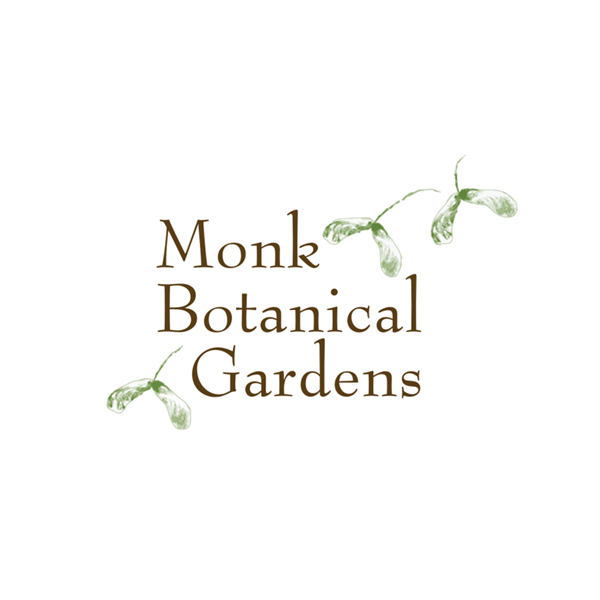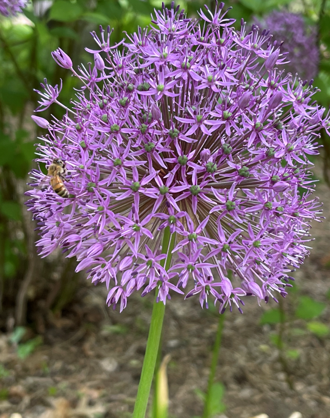In the last couple of years, a dramatic decline in the number of native pollinators has been recorded. The standout organisms suffering are bees, butterflies, hummingbirds, and bats. This is almost completely a result of careless and environmentally damaging human activities such as the use of herbicides/pesticides, industrialization, air/light pollution, and the introduction of invasive species. What some people do not understand or take into consideration is how pollinators benefit human life. The most alarming effect of the decline in pollinators is on the worldwide food supply. Pollinators, especially bees, are needed for the pollination of fruits, the seed production of vegetables, the growth of grains used for agricultural animal feed, and the natural spread of all plants. Ultimately, human actions are hurting the organisms that guarantee human survival. A simple solution to begin to fix this issue is to plant a garden full of pollinator-loving plants in an unused area in your landscape. It is best to choose plants that are native to the area you live in. Wisconsin has many species of plants that are gold mines for pollinators. The pussy willow, plum, cherry, blueberry, American basswood, wild lupine, anise hyssop, purple prairie clover, pale purple coneflower, wild bergamot, Culver’s root, butterfly milkweed, prairie blazing star, great blue lobelia, goldenrod, and smooth blue aster are some of the most commonly identified species in Wisconsin. As for Monk Botanical Gardens, we too have many pollinator-loving species planted like anise hyssop, purple prairie clover, pale purple coneflower, wild bergamot, Culver’s root, butterfly milkweed, and goldenrod. They can be abundantly found when wandering around. It is important to do all you can to help our tiny friends and limit harmful actions when possible.
Written by Horticulture Intern, Jenna Dedina


